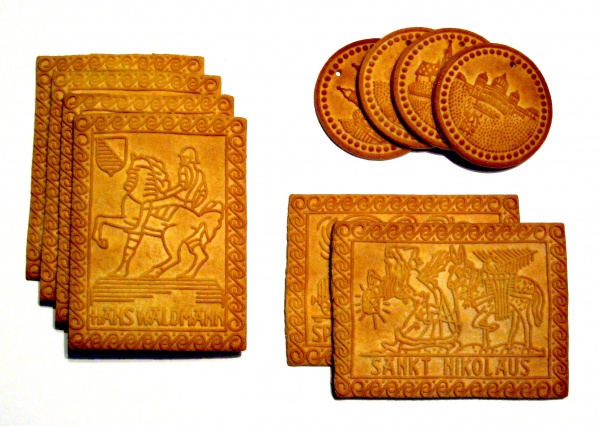Facts About Tirggel
Tirggel are a distinctive type of Christmas biscuit originating from Zürich, Switzerland. These thin, hard, and sweet delights are crafted from a simple blend of flour and honey. The tradition of making Tirggel dates back to 1461, when they were referred to as Dirgel, and they have since remained a cherished staple in Zürich.
Historically, beautifully carved wooden molds were used to shape Tirggel, often depicting Biblical or local scenes. Nowadays, however, most bakers prefer polycarbonate molds for their ease of use.
Creating Tirggel is indeed an art form. The dough, composed of flour, honey, sugar, and water, is rolled out thin and pressed into various molds. The biscuits are then baked at an intense 400°C for a mere 90 seconds. Precision is crucial in this process! Due to their hard texture, the most enjoyable way to savor Tirggel is by sucking on them, which enhances the honey flavor.
One remarkable aspect of Tirggel is their longevity. They do not go stale easily, making them popular as decorations. It is not uncommon to find Tirggel hanging around for months, or even years, before someone decides to eat them. In 1939, Swiss writer Emanuel Stickelberger even noted that the harder Tirggel become, the more enjoyable they are to nibble on.

 Austria
Austria